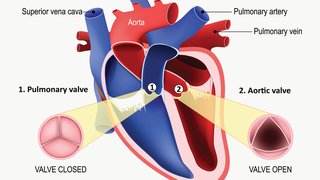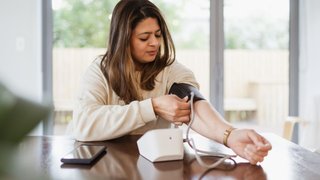Active listening is an essential part of being a great physician and is oftentimes the most important tool in the assessment of a patient. Being attentive helps us ensure understanding, communicate well, and diagnose correctly—and sometimes it even leads to discovery. Such was the case for us on the UT Southwestern Heart Team recently when, after really listening to our patients, we characterized a new symptom of heart failure: bendopnea.
The term "bendopnea" is a word that is descriptive of its meaning, which is shortness of breath when bending forward, such as when putting on shoes or socks or when working in the garden.
Frequently, our heart failure patients would describe being out of breath during such activities, but many thought it was because they were simply out of shape or overweight. We listened to them and began wondering if there were something more to it. To find out, we developed a study and investigated.
The Bendopnea Study
Our team enrolled 102 patients who were referred to our cardiac catheterization lab for right heart catheterization and found that nearly one-third of the patients had bendopnea.
We measured the pressures within the heart and how well the heart was pumping blood to the rest of the body in all 102 patients when lying flat. We then we repeated these measurements in 65 patients after they were sitting in a chair for two minutes and then bending forward for one minute.
The results confirmed what we suspected: Those with bendopnea had weaker hearts and too much fluid retention in their body, causing elevated pressure, and when they leaned forward the pressure increased even more, causing their shortness of breath.
Many things can cause someone to feel shortness of breath. For patients with advanced heart failure, too much fluid retention can be a sign that they’re becoming sicker or perhaps that their medications need adjusting. The bendopnea test is a simple, quick, noninvasive way to evaluate that. It’s now another tool we have in our bag that can improve our ability to take care of patients.











